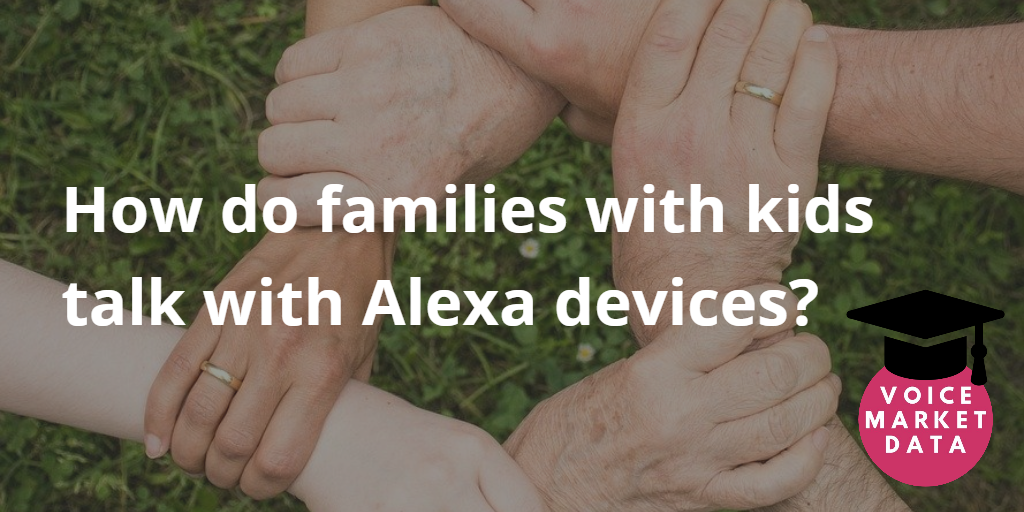TL; DR
Families work together to interact with their Alexa devices (this is good for the family). This type of interaction is not like how humans relate in one-on-one settings. Developers should keep this in mind when building personas for their skills.
What did they do?
Researchers gave 6 families of various types and size an Alexa device. Some were single-parent households and they had between 1 and 3 kids. They made audio recordings of all interactions with the Alexa device and took video recordings at the start and end of the experiment. These analyzed all this interaction data to see how families integrated the conversational interface in their home.
What did they find?
They found three themes to the ways families used their Alexa devices:
Family cohesion: Using their Alexa device encouraged things like laughing, teasing, and (surprisingly) non-verbal gestures. There were also instances of family rivalry where family members would present conflicting requests. These are all healthy behaviours for families and can help younger children to develop social skills.
Family rituals: Daily habits developed around certain functions of the Alexa device. Parents would encourage kids to use the Alexa device to search for information. They also used the Alexa device to play specific songs on a daily basis. Using specific skills became part of the family’s habits.
Scaffolding (think of a scaffold where one thing is built on the other): This was the most common observation. This is when family members worked together to achieve a shared goal. For example, if a young child was unsuccessfully trying to communicate something, a parent or older sibling could provide some guidance to help the child achieve their goals. Ironically, scaffolding is good for social development but is dependent on Alexa failing at speech recognition or generally not behaving as expected.
Generally speaking, families acted as a unit when interacting with their Alexa device. Because of the technical limitations at the time of the study (no individual voice print), families had to cooperate and take turns to speak with their Alexa device in order to do what they wanted. Families also used non-verbal gestures with each other to communicate without Alexa “hearing” them. Working together in this way is a surprising benefit of having an interface that uses voice.
So what?
Families don’t interact with their Alexa devices the same way they would with another human. This is important to keep in mind when developing the skill’s persona. It’s important for a skill to do it’s intended purpose, but it’s also important to do it in a way that involves more than only the person speaking (or example, using humour).
Article citation
Beirl, D., Yuill, N., & Rogers, Y. (2019). Using voice assistant skills in family life. Full article.



